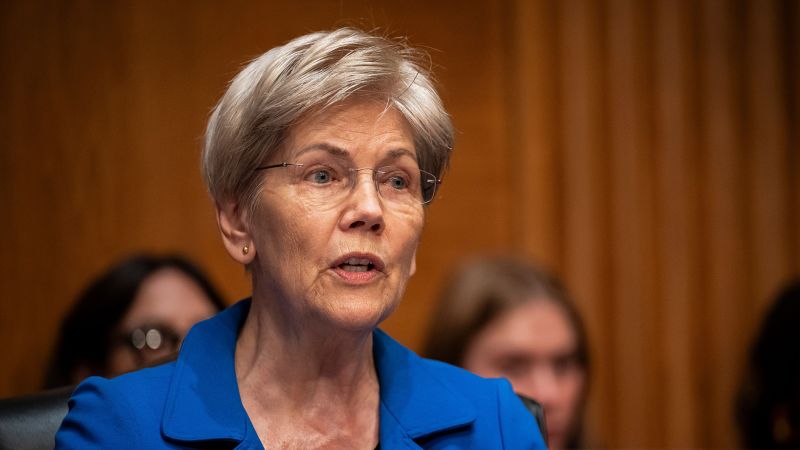Many Americans are eager to put money away for retirement, but that goal is increasingly out of reach because more workers are living paycheck to paycheck, a new Goldman Sachs study finds.
Roughly 42% of younger working Americans — spanning Gen Z, millennials and Gen X — report having no spare savings after covering their basic living expenses, according to the analysis, which surveyed about 3,600 workers and 1,500 retirees. Among those just getting by, about three-quarters said they are struggling to save for retirement, the survey found.
The share of U.S. workers in this precarious financial position has grown significantly since 1997, when 31% lived paycheck to paycheck, according to Goldman. The investment bank projects that figure could climb to well over half of Americans by 2033 as essentials like housing and health care continue to rise in cost.
“Save more” ignores reality
The findings underscore the challenges millions of Americans now face just making ends meets while also managing to set aside money for retirement, a financial pinch that Goldman Sachs calls a “financial vortex.” That money crunch helps explains why more than a quarter of older Americans are nearing retirement without anything saved — a gap that could widen given the financial pressures facing younger workers.
“These findings force us to ask a very critical question: Does the retirement math still work? The answer is no,” said Greg Wilson, head of retirement at Goldman Sachs Asset Management, in a conference call to discuss the report. “Telling workers just to ‘save more’ ignores the realities they face.”
Skipping a latte or avocado toast isn’t likely to make much of a dent in the financial dynamics facing workers today, with Goldman finding that basic expenses are consuming an ever growing share of people’s after-tax income.
For instance, homeownership now eats up 51% of income, up from 33% in 2000, while health care costs account for 16% of after-tax earnings, up from 10% a quarter century ago, the analysis found.
“The mounting challenges American workers face … make it harder than ever to save for retirement,” Wilson said.
Such financial pressures come as many Americans are on their own to plan, and save for, their retirement, largely because of the shift in the 1980s from company-sponsored pensions to 401(k) plans.
As a savings vehicle, 401(k) shifts the burden onto workers, who must decide how much to save, how to invest and how to draw down their money in retirement — a do-it-yourself approach that retirement experts such as Teresa Ghilarducci, a labor economist at The New School for Social Research in New York, describe as inadequate.
Hoping for a miracle
Financial professionals say it’s no coincidence that members of Generation X, which entered the workforce just as the shift to 401(k)s became mainstream, is feeling unprepared as they get closer to retirement. Now 45 to 60 years old, almost half said they believed it would take a “miracle” for them to be able to retire, a Natixis study found last year.
Goldman acknowledged that it can be difficult to close a retirement funding gap with savings alone, but noted that some strategies could help. Some approaches may be out of reach for older workers, like Gen X and millennials, but could be of use for their children — for instance, setting aside $500 a year from ages 1 to 20, a move Goldman found could increase retirement savings by 14%.
Adding private market investments to a portfolio could also help boost retirement savings by 14% through higher returns, according to Goldman. Those strategies might become more accessible for workers under a Trump administration plan to open up 401(k) plans to private equity, cryptocurrencies and other alternative investments.
Lastly, if possible, workers should take advantage of benefits from their employers such as funding an emergency savings account, which can help them avoid raiding their 401(k) in case of an unexpected expense, such as medical bills, the bank notes.
Even so, while those approaches might work for workers with access to employer-sponsored retirement plans, about half of all U.S. private-sector workers lack access to such programs, an analysis from the Pew Charitable Trusts found earlier this year. Although it’s possible to save for retirement without a 401(k), many workers without access to an employer retirement plan said they struggled to build wealth, the Pew survey found.
Source link


